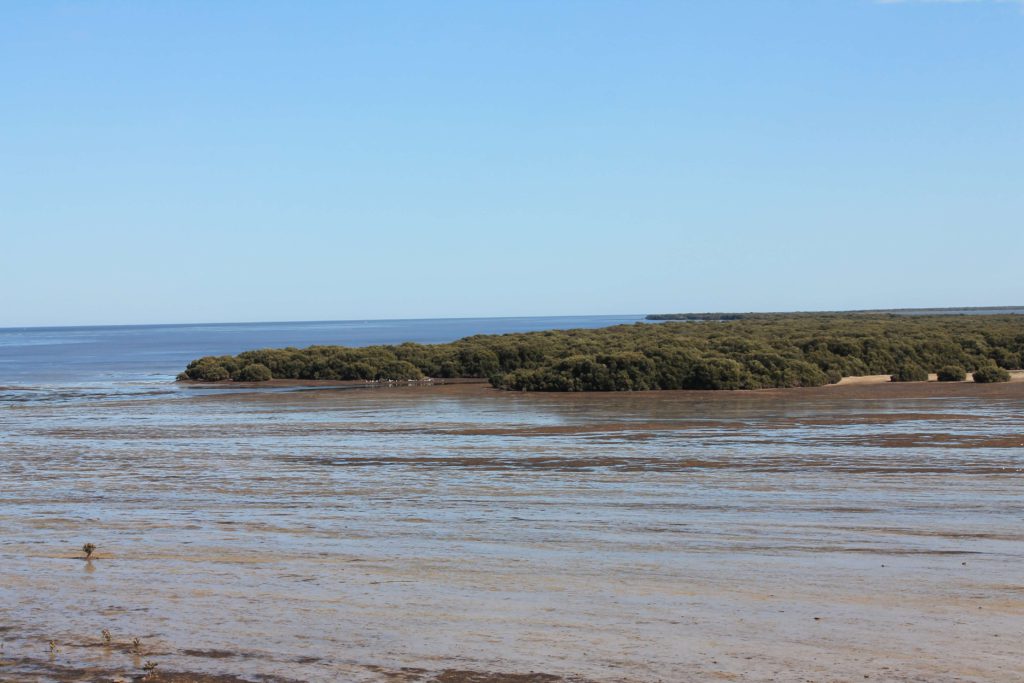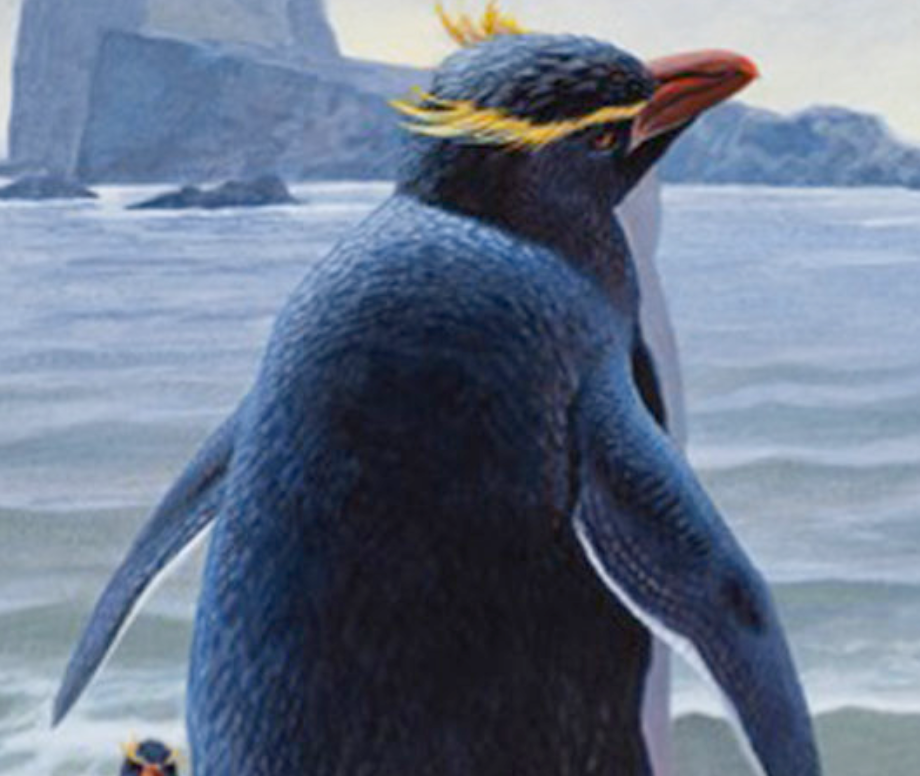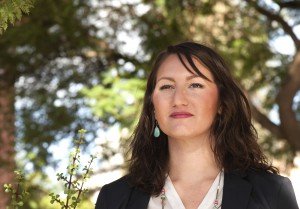Research has shown it took more than 1,000 people to arrive in Australia, to make a viable population. Two studies published released recently, confirm they arrived more than 50,000 years ago and that this was no accidental migration, the first arrivals must have been planned.
Data from Adelaide University, Environment Institute’s co-author Dr Laura S. Weyrich suggests the ancestors of the Aboriginal, Torres Strait Islander, and Melanesian peoples first made it to Australia as part of an organised, technologically advanced migration to start a new life.
At that time, Australia wasn’t what we know it as today. Instead, New Guinea, mainland Australia, and Tasmania were joined and formed a mega-continent referred to as Sahul. This mega-continent existed from before the time the first people arrived right up until about 8,000-10,000 years ago.
Image: Modelled routes for making landfall in Sahul. Sea levels are shown at -75 m and -85 m. Potential northern and southern routes indicated by blue lines. Red arrows indicate the directions of modelled crossings. Michael Bird
People came from through the islands to the northwest with many northern Australia Aboriginal communities having strong oral histories of ancestral beings arriving from the north.
Scientists have developed demographic models (mathematical simulations) to see which island-hopping route these ancient people most likely took. They have also been able to model how many people would have had to arrive to survive in a new island continent, and to estimate the number of people the landscape could support.
The simulations indicated at least 1,300 people arrived in a single migration event to Sahul, regardless of the route taken. Any fewer than that, and they probably would not have survived – for the same reasons that it is unlikely that an endangered species can recover from only a few remaining individuals.
Alternatively, the probability of survival was also large if people arrived in smaller, successive waves, averaging at least 130 people every 70 or so years over the course of about 700 years.
Image: Annemarie Gaskin
As sea levels rose, Australia was eventually cut off from New Guinea around 8,000 to 10,000 thousand years ago. The data suggest that the peopling of Sahul could not have been an accident or random event. It was very much a planned and well-organised maritime migration.
The overall implications of these results are fascinating. They verify that the first ancestors of Aboriginal, Torres Strait Islander, and Melanesian people to arrive in Sahul possessed sophisticated technological knowledge to build watercraft, and they were able to plan, navigate, and make complicated, open-ocean voyages to transport large numbers of people toward targeted destinations.
The results also suggest that they did so by making many directed voyages, potentially over centuries, providing the beginnings of the complex, interconnected Indigenous societies that we see across the continent today.
These findings are a testament to the remarkable sophistication and adaptation of the first maritime arrivals in Sahul tens of thousands of years ago.
Adapted from The Conversation








